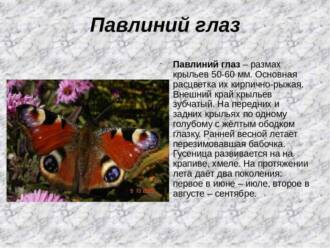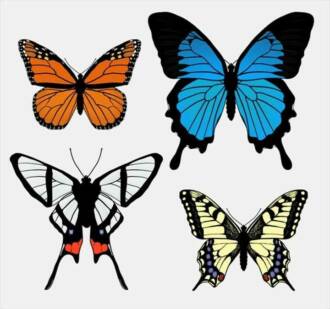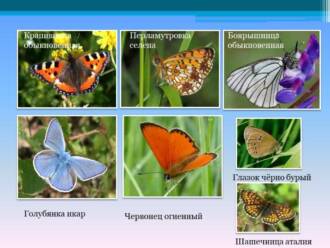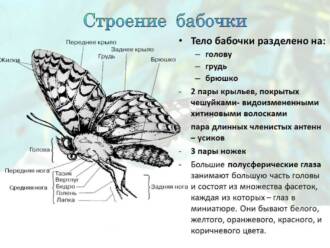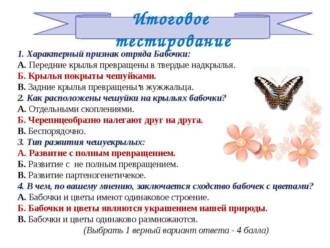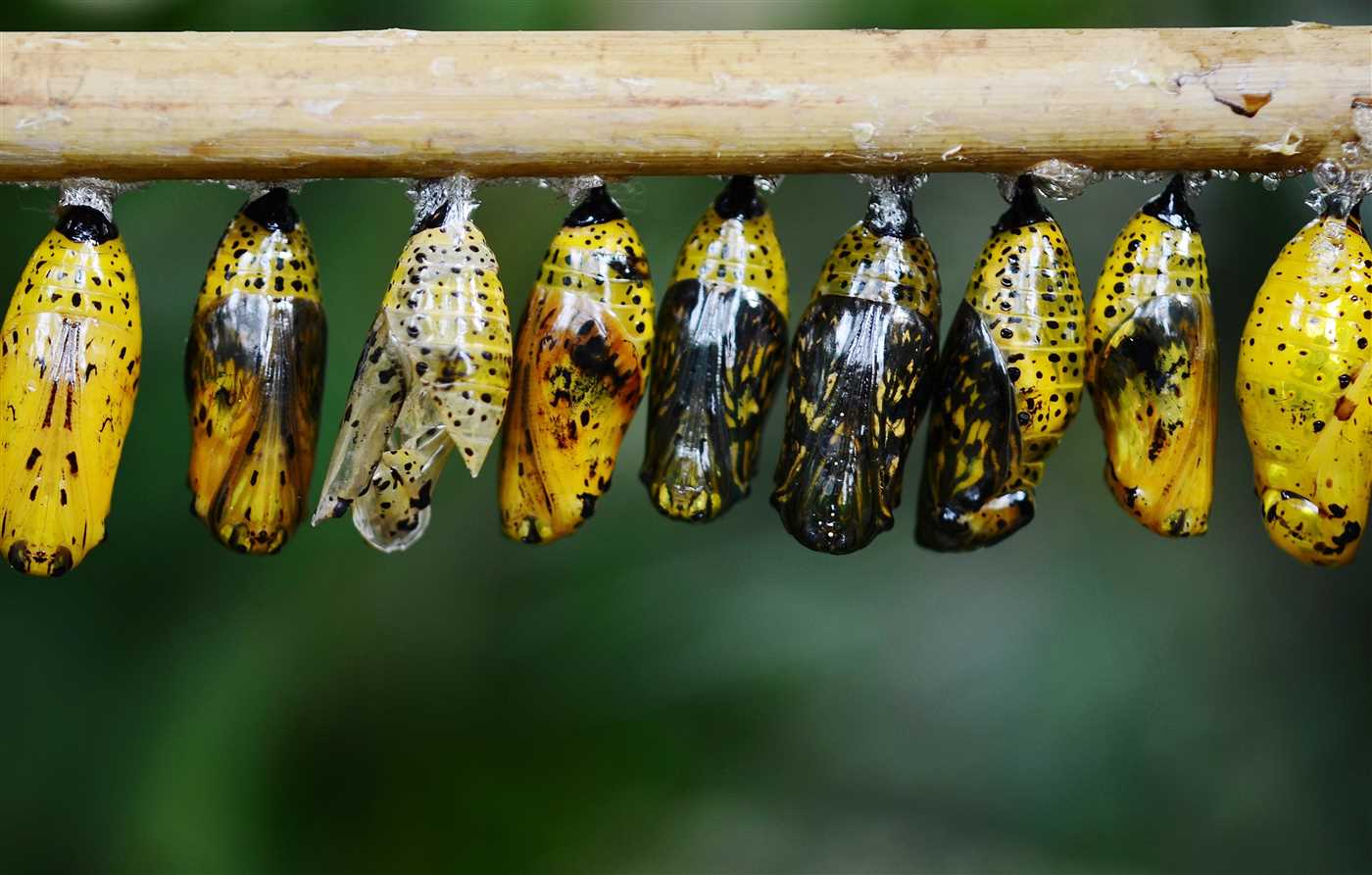
Butterfly wings are a true work of art of nature. They amaze with their variety of shapes and patterns, creating amazing and colorful images. Each species of butterfly has its own unique wing shape, which helps it survive in its habitat. Describing these shapes and their meanings will allow us to understand this amazing world of butterflies more deeply.
Butterfly wings can come in a variety of shapes, such as wide and rounded, sharp and narrow, serrated and wavy. Some species of butterflies have fully developed wings that cover their body, while others have slitted and notched wings. Each wing shape has a function: the sharp wings help the butterfly fly quickly, while the wavy wings allow it to soar smoothly through the air.
However, the shape of butterfly wings is not only an adaptation for flight, but also a way to protect against predators and attract mates. Some species of butterflies have bright and saturated colors on their wings, which serve as a signal to other butterflies and indicate their toxicity or unsuitability as food. Other species have camouflage patterns on their wings, which help them blend into the environment and hide from enemies.
Wing Metamorphoses
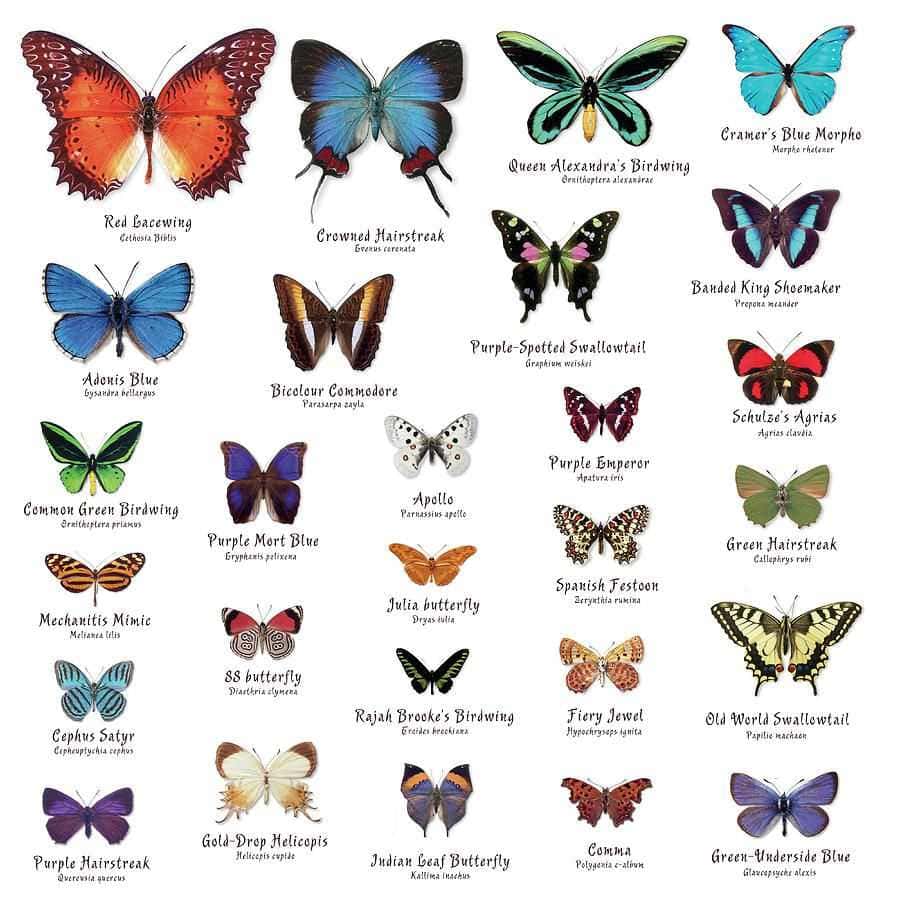
Butterfly wings come in an amazing variety of shapes and patterns. They are the result of a unique evolution and metamorphosis that takes place in the life cycle of butterflies. This process begins with an egg that hatches into a hungry caterpillar that feeds on vegetation.
After several molts, the caterpillar begins its final stage of development – becoming a chrysalis. Inside the chrysalis, incredible transformations occur: the caterpillar turns into an imago – an adult butterfly. At this point, the butterfly’s wings are in their earliest stages of development, they are soft and fold along its body.
After a few hours or days, the wings begin to stretch and take on their final shape and size. During this process, unique patterns and colors are formed on the wings. Each species of butterfly has its own characteristics in the design of its wings: some have bright and contrasting patterns, others mimic the environment, and others have transparent areas on the wings.
Butterfly wings are not only beautiful, but also perform important functions. They serve not only for flight, but also for protection from predators and attracting partners for reproduction. Thanks to their unique wings, butterflies become true works of art of nature.
Wings with colorful patterns

Butterfly wings are a fascinating natural phenomenon that amazes with their variety of shapes and colors. One of the most fascinating aspects of butterfly wings is their colorful patterns.
Butterfly wings can be patterned in a variety of colors and shapes. They can have bright and saturated colors such as red, blue, green or orange. Or they can be soft and pastel like pink, purple or blue.
Butterfly wing patterns can be very intricate and detailed. They can be abstract geometric shapes, curly lines or patches of various sizes and shapes. Each pattern is unique and inimitable, which makes the butterflies even more amazing and attractive.
Butterfly wings descriptions can also include different textures and shades. Some patterns can be smooth and shiny, while others can be wavy or fluffy. This creates an additional visual effect and adds to the beauty of the wings.
It is important to note that the patterns on the wings of butterflies do not only serve to attract attention and attraction. They also play an important role in protecting butterflies. Some patterns may serve as camouflage, making the moth invisible to predators, while others may serve as a warning that it is poisonous or has an unpleasant taste.
Wings with transparent areas

Butterfly wings are an amazing combination of colors and patterns, but can also contain transparent areas. Such transparent areas can be of different shapes and sizes, and add a special beauty and interest to the appearance of butterflies.
The transparent parts of the wings can be completely transparent or have delicate shades. They can be located throughout the wing or only in certain areas of it. Some butterflies have transparent areas with patterns or designs that make them even more unique.
These transparent areas can perform different functions. They can serve to camouflage a butterfly among plants or to attract the attention of males during mating. They can also be used to protect against predators by making the butterfly look bigger than it really is.
The wings with transparent areas are a great example of the variety of shapes and colors that can be seen in the butterfly world. Each species of butterfly has its own unique wings that vary in shape, color, and the presence of transparent areas. This makes them truly amazing creations of nature.
Wings with unusual shapes
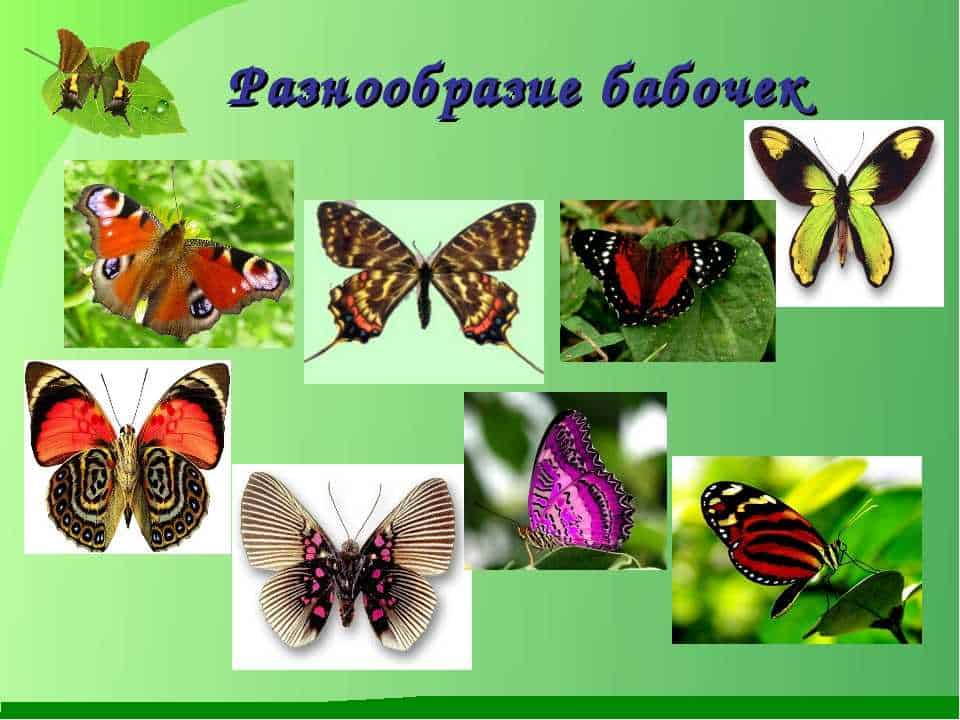
Butterfly wings come in an amazing variety of shapes and patterns. The description of these shapes and patterns reveals to us the amazing world of nature.
One of the most unusual types of wings are flat wings, which are flat in shape and have a wide span. Such wings allow butterflies to easily soar and maneuver in the air.
Another interesting wing shape is the triangular shaped wings. They have sharp angles and provide butterflies with fast and maneuverable flight movement.
There are also curved-edged wings that give the butterflies a distinct look and allow them to glide through the air with ease.
One of the most graceful and beautiful types of wings are wings with wavy edges. These wings create the effect of smoothness and lightness in flight.
Also, butterflies can have wings with sharply rounded edges, which gives them a special look and helps them maneuver in the air.
Butterfly wings are a true work of art of nature. Their diversity of shapes and patterns surprises and inspires us to explore and protect this unique world.
Wings with bright ornaments
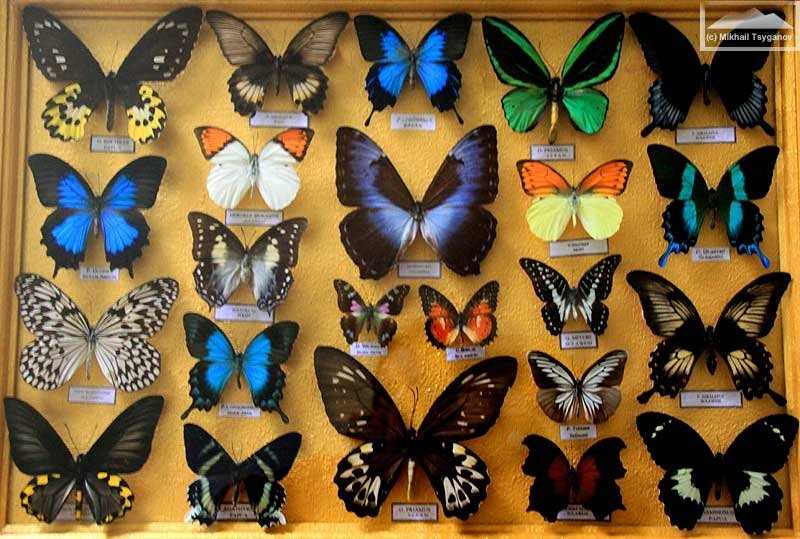
Butterfly wings are a true work of art of nature. They amaze with their variety of shapes and ornaments, which are a visual reflection of the richness and beauty of nature. One of the brightest and most amazing elements on butterfly wings are the ornaments.
Ornaments on the wings of butterflies can be varied in shape, color and location. On some types of butterflies, you can observe ornaments in the form of geometric shapes, such as stripes, spots or dots. They can be of various sizes and are located both in a continuous pattern and in the form of separate elements on the wings.
Ornaments on the wings of butterflies can also have bright and saturated colors. They can be monophonic or combine several colors in one ornament. Bright ornaments on the wings of butterflies attract attention and serve as a signal to other individuals, for example, as a warning about poisonousness or as a signal to attract a partner.
Wings with camouflage patterns
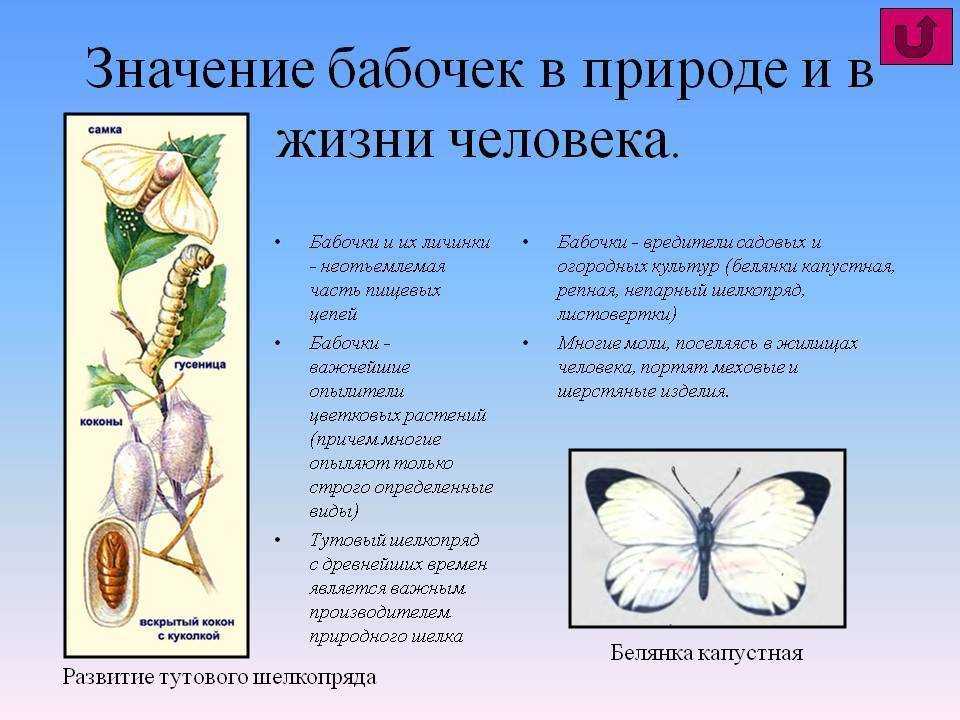
Butterfly wings are amazing organs that help these beautiful insects survive in a variety of conditions. One of the most fascinating features of butterfly wings is their camouflage patterns.
Camouflage patterns on butterflies' wings are different color combinations, patterns and textures that help them blend in with their environment and make them virtually invisible to predators. These patterns can imitate various surfaces such as leaves, tree bark or flowers.
Some butterflies have camouflage patterns that make them look like certain objects or animals. For example, the wings of some species of butterflies may have patterns that are very similar to the eyes of large predators such as birds or snakes. This scares potential predators and forces them to retreat.
The camouflage patterns on butterfly wings are a true work of art by nature. They not only protect butterflies from danger, but also make them beautiful and unique. Each species of butterfly has its own patterns on its wings, which makes them special and unique.

